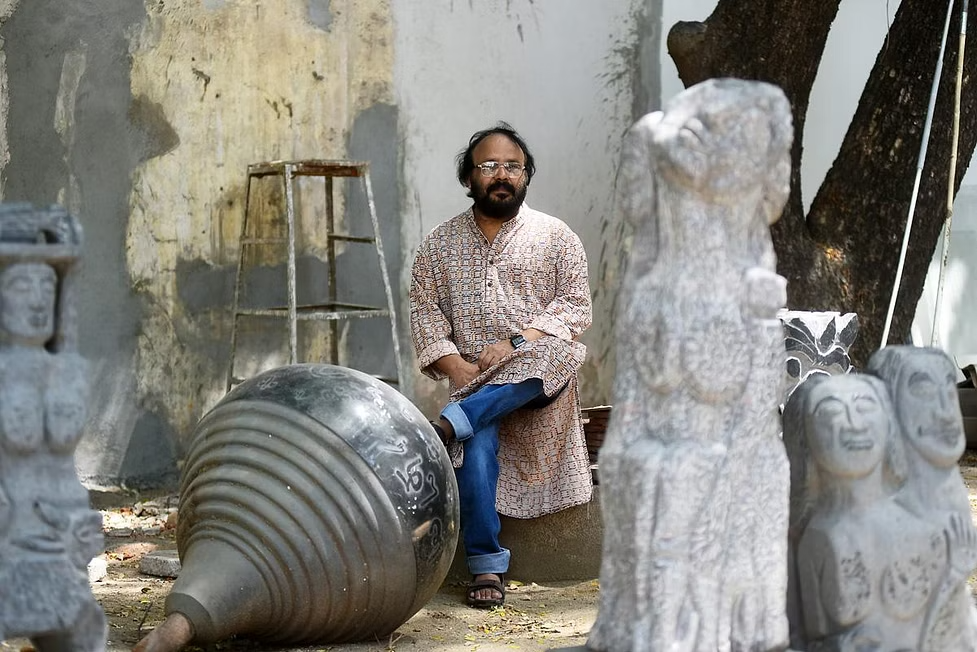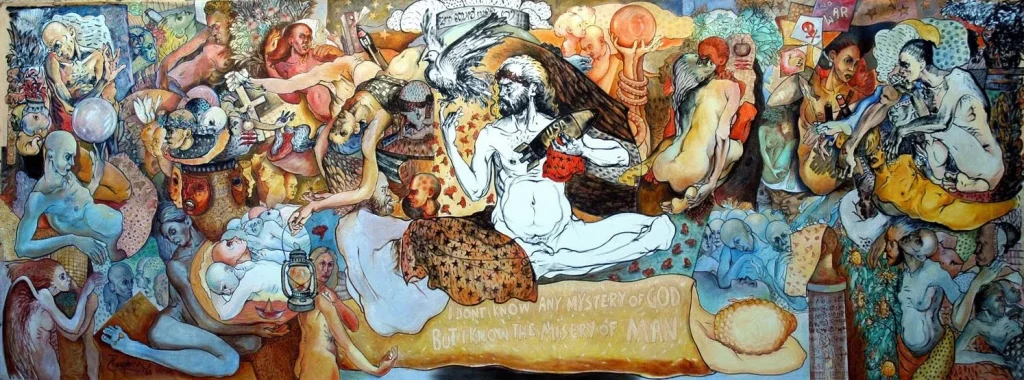What is the relationship of the artist to the society? Should the work of art devote itself to the service of a greater good or should be allowed to have an autonomy of its own, as proclaimed in the popular dictum l’art pour l’art (art for art’s sake)? What are the modalities of communication between the work of art and the spectator; should it be sensible to the gaze of the viewer or should it disrupt the economy of the sensible? These are fundamental questions which have troubled and inspired artists across ages. In today’s article, we look at the Indian painter and printmaker Prof. V Nagdas who while grappling with these questions has churned out a remarkable career.
Prof. V Nagdas was born on 26th September 1957 in the city of Palakkad in the coastal state of Kerela. In 1982 he completed a diploma in painting from the College of Fine Art, Trivandrum, Kerela and then a post-diploma in graphic art from Kalabhavan, Viswabharati University, West Bengal. Later, he went on to work at the Department of Graphics, Indira Kala Sangeet Vishwavidyalaya, Khairagarh, Chattisgarh, for almost 37 years.
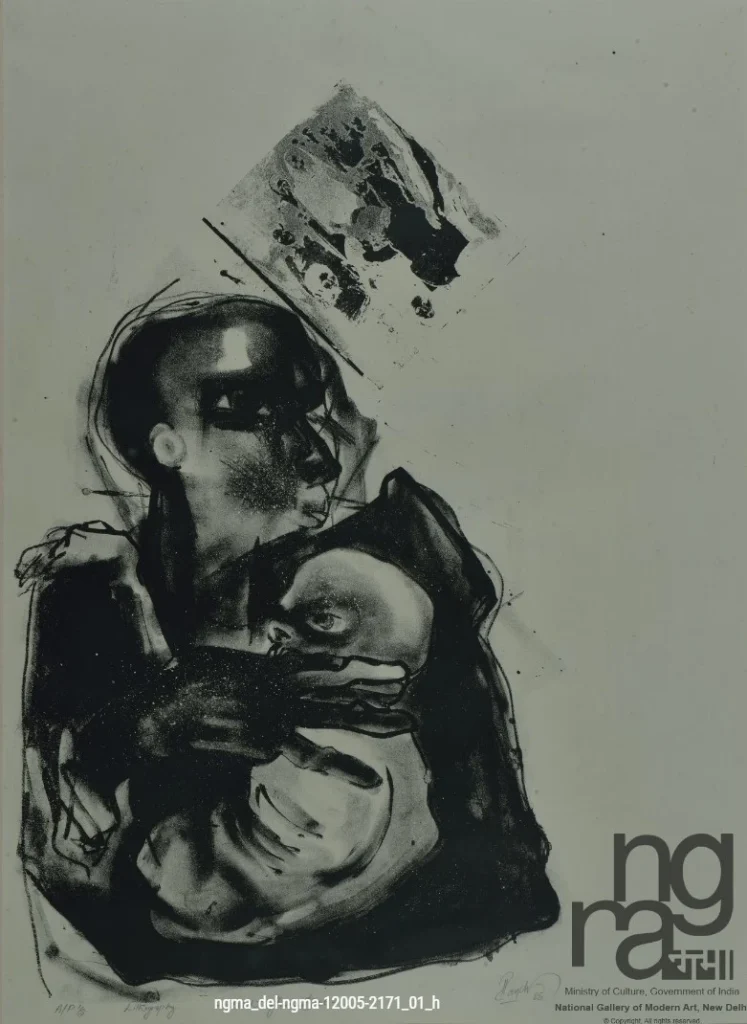 Death. 1985. Lithograph print. Courtesy of Indian Culture
Death. 1985. Lithograph print. Courtesy of Indian Culture
Nagdas recalls in an interview that his daily long walk to school filled his eyes with the refreshing green of the vast paddy fields and the infinite horizon gave him the sublime limitless blue, inspiring him to appreciate the beauty of the visual. On the other hand, he also understood the strength of art as a powerful medium of communication very early in life when he witnessed his deaf and dumb father resorting to drawing to express himself when his gestures failed. Both these aspects – the beauty of the work of art and its capacity to communicate – have fuelled his artistic endeavours.
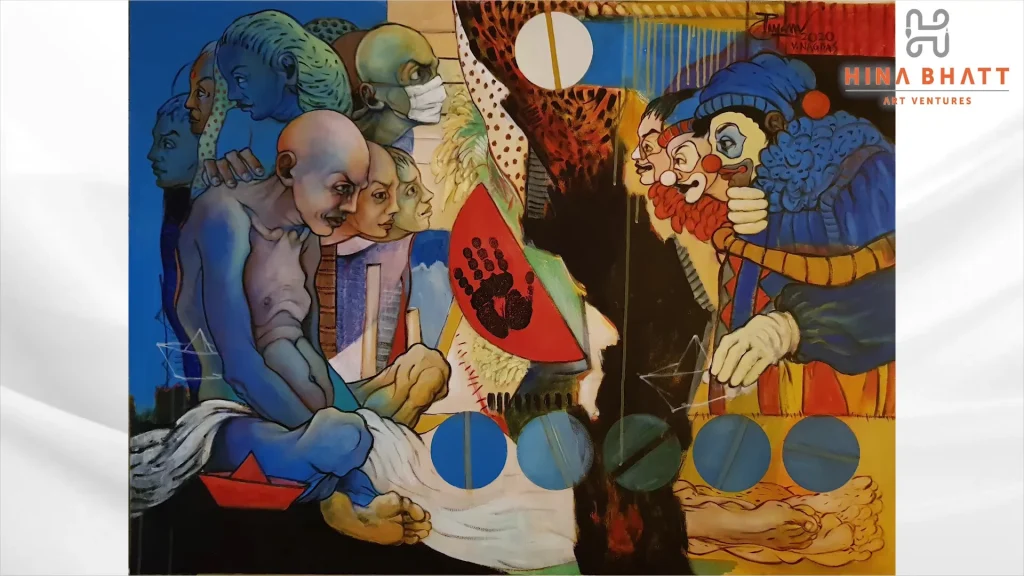 Courtesy of Hina Bhatt Art Ventures.
Courtesy of Hina Bhatt Art Ventures.
The sensibility of Prof. Nagdas as an artist and a human being is attuned to the happenings of the human society. He describes his works as a day-to-day reflection on the socio-political issues of contemporary times and the moral depravity that abounds human existence. “The terror of society, which is the basis of morals, the terror of God, which is the secret of religion–these are the two things that govern us.” These lines from Oscar Wilde’s celebrated book The Picture of Dorian Gray (1899) have been instrumental in influencing him. He insists that all artists must read Wilde’s book. For Nagdas, in times when the whole world is caught up in religious and political fervour, the artist must stand up and act towards remedying the ills of the society.
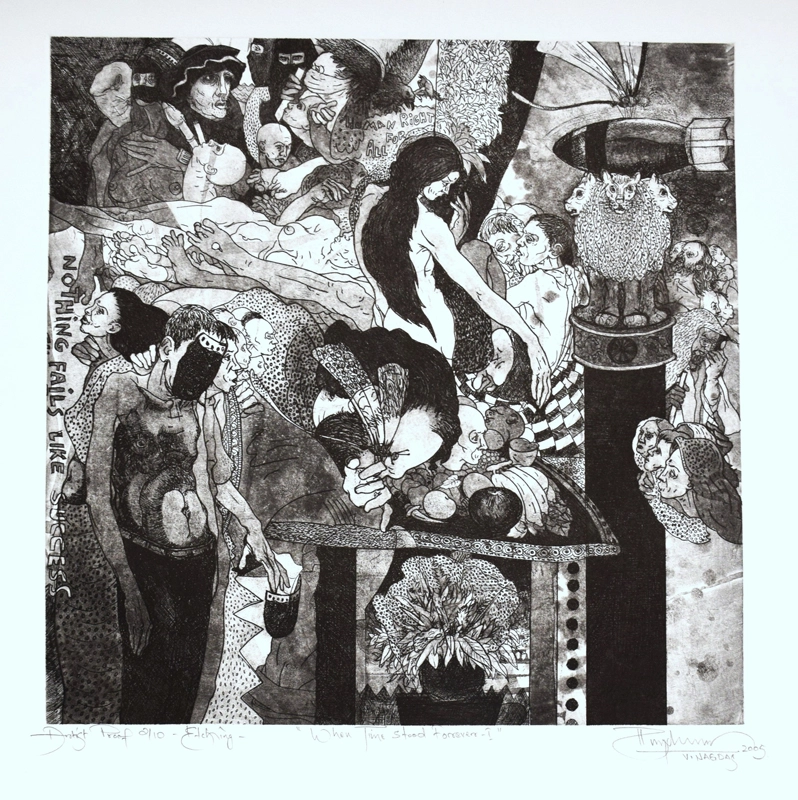 When time stood forever 1. 2005. Etching. Courtesy of Debovasha.
When time stood forever 1. 2005. Etching. Courtesy of Debovasha.
This position towards aesthetics informs his choice of the figurative as a medium for painting. A student of the renowned Indian artist Somnath Hore, Nagdas believes that art should speak to people from all categories and for him “Figurative is the easiest medium to communicate with society. I try to give a message of well-being and peace through my paintings. In the outside world, there is so much struggle and strife. We have no guarantee that one of us would ever get back.” In this regard, the philosophy of Buddha has been central to his artistic project as he admits that the ultimate message of his work is peace.
His encounter with Buddha made him create the work titled I Don’t Know Any Misery of God But I Know the Misery of Man, wherein the title itself points to the necessity and possibility of conceiving the suffering of the human other rather than that ‘absolute other.’ The figure in the centre holds a missile in one hand while having a bird in the other. “No war,” says a poster on the top right while a woman sucks out blood from a dismembered hand. Usually, he works with large canvases that completely astound the viewer with the density of the material and the richness of colour. His command over the human figure is impeccable and that is why he is one of the most important artists in the South Asian artistic circle.
I Don’t Know Any Misery of God But I Know the Misery of Man. Oil on canvas. Courtesy of Chiaroscuro.
In addition to his role as an artist, Prof. Nagdas has worked in various institutional bodies across the nation, playing a crucial role in initiating reforms and creating opportunities for emerging artists. During his tenure at the Indira Kala Sangeet Vishwavidyalaya as a professor and head, the departments he was involved with received more than 700 national awards. Erstwhile, he has also served as a member of the Advisory Committee for Lalit Kala Akademi and the National Gallery of Modern Art, New Delhi.
Recently after his retirement, he was appointed as the chairman of Lalit Kala Akademi, New Delhi and he immediately gotten into undertaking important reforms for improving the art domain in India. Within two months of taking charge, Nagdas conducted around eight workshops in different parts of the country. He aspires to conduct the Art Triennial in 2025 in Pragati Maidan, New Delhi by inviting 120 countries. The mega programme has been on hold for the last 15 years. He also aims to bring together tribal artists to the centre by promoting infrastructure and scholarships.
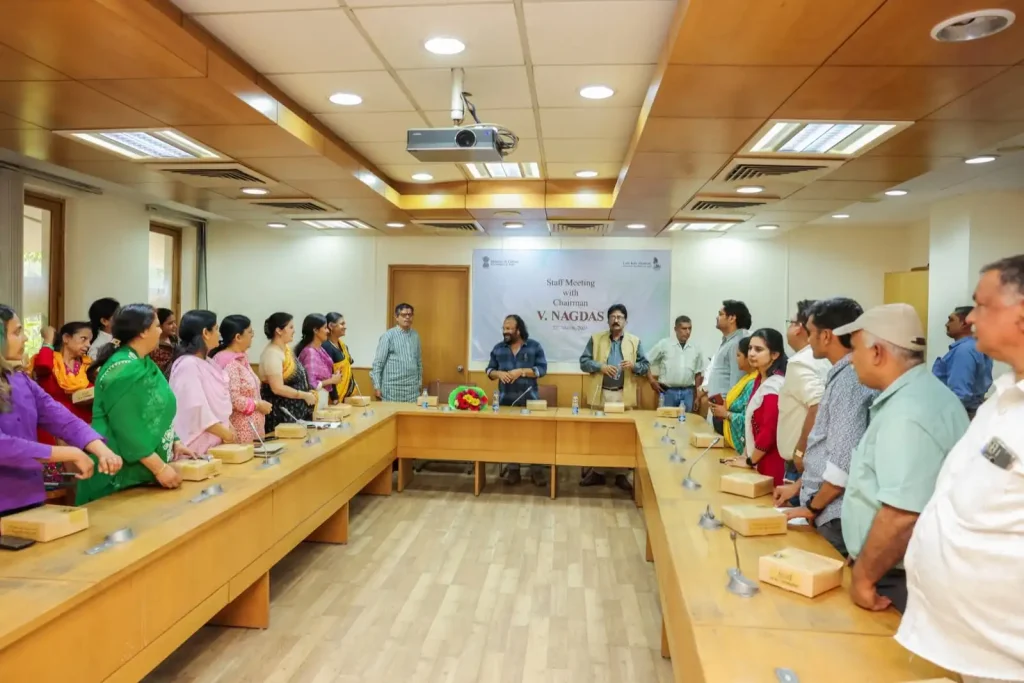 V Nagdas with staff members of Lalit Kala Akademi. Courtesy of Lalit Kala Akademi.
V Nagdas with staff members of Lalit Kala Akademi. Courtesy of Lalit Kala Akademi.
For Nagdas, the institutional bodies in the country need to evolve with the rapidly changing domain of art. The rise of technology in almost all the art fields means that art institutions need to create avenues for practice and research, which sadly is not the case in India right now. Nagdas also believes that robust dialogue within the artistic community is not a feature of the Indian art scene and that needs to be corrected through infrastructural and educational reforms. Artists need to be brought out of their limiting communities to ensure a healthy exchange of ideas.
In Prof. Nagdas we come across a personality which is not only committed towards transforming society through one’s own art but also through one’s efforts as a participant in the institutional setup, a tendency seen rarely among artists across the globe but especially in India. Reflecting over the questions put forth at the beginning of this article might have seemed like a banal exercise, one which may have been beaten to death within artistic discourse but Prof. Nagdas’ career exemplifies that the force of these questions continues to drive artists and augment the form they take up to articulate their concerns, in effect changing the world we inhabit.
References
- The New Indian Express
- Hina Bhatt Art Ventures on Youtube
- Tribune India
Read Also:
The Extraordinary Life of the Mouth Painter Janarthanan Kesavan
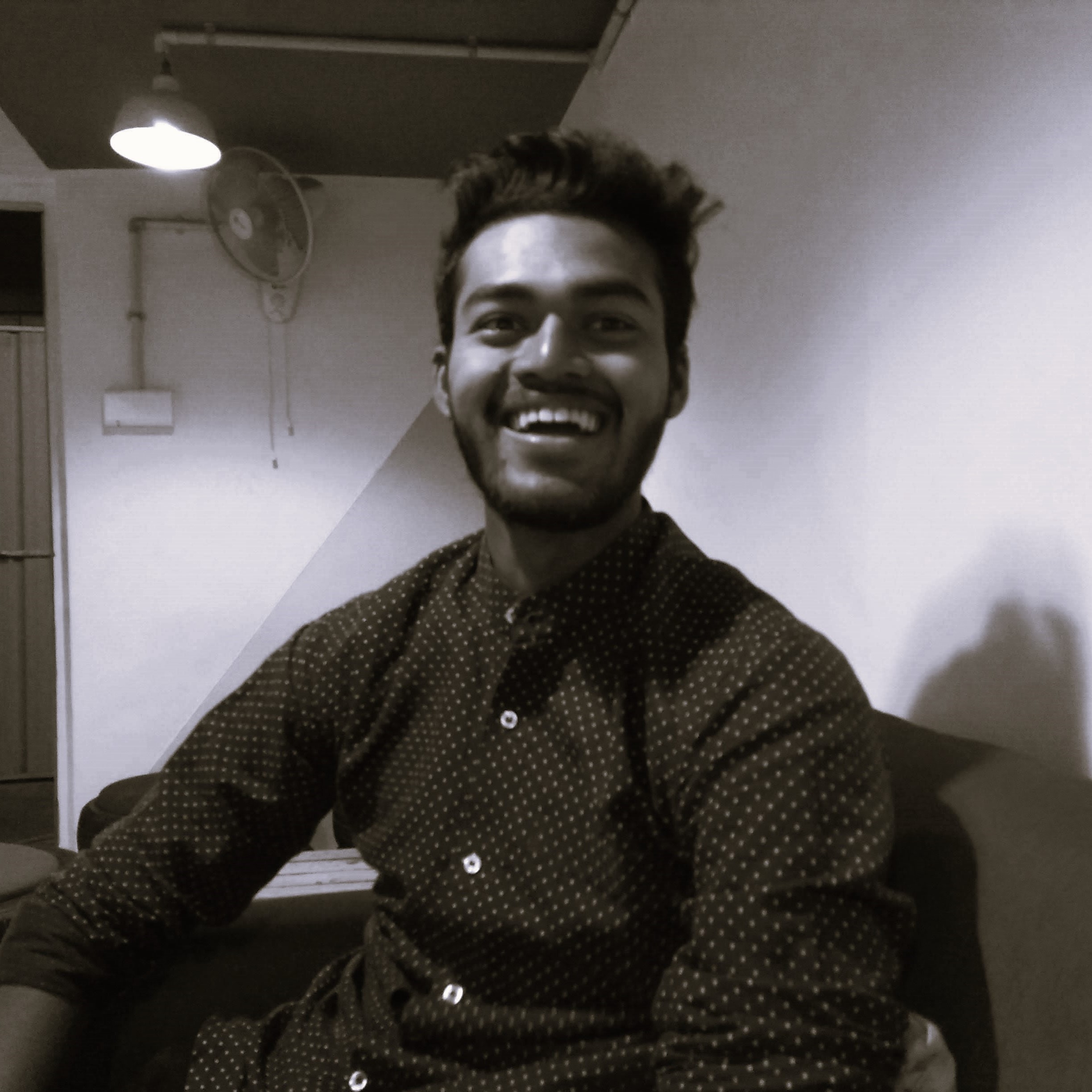
Contributor


